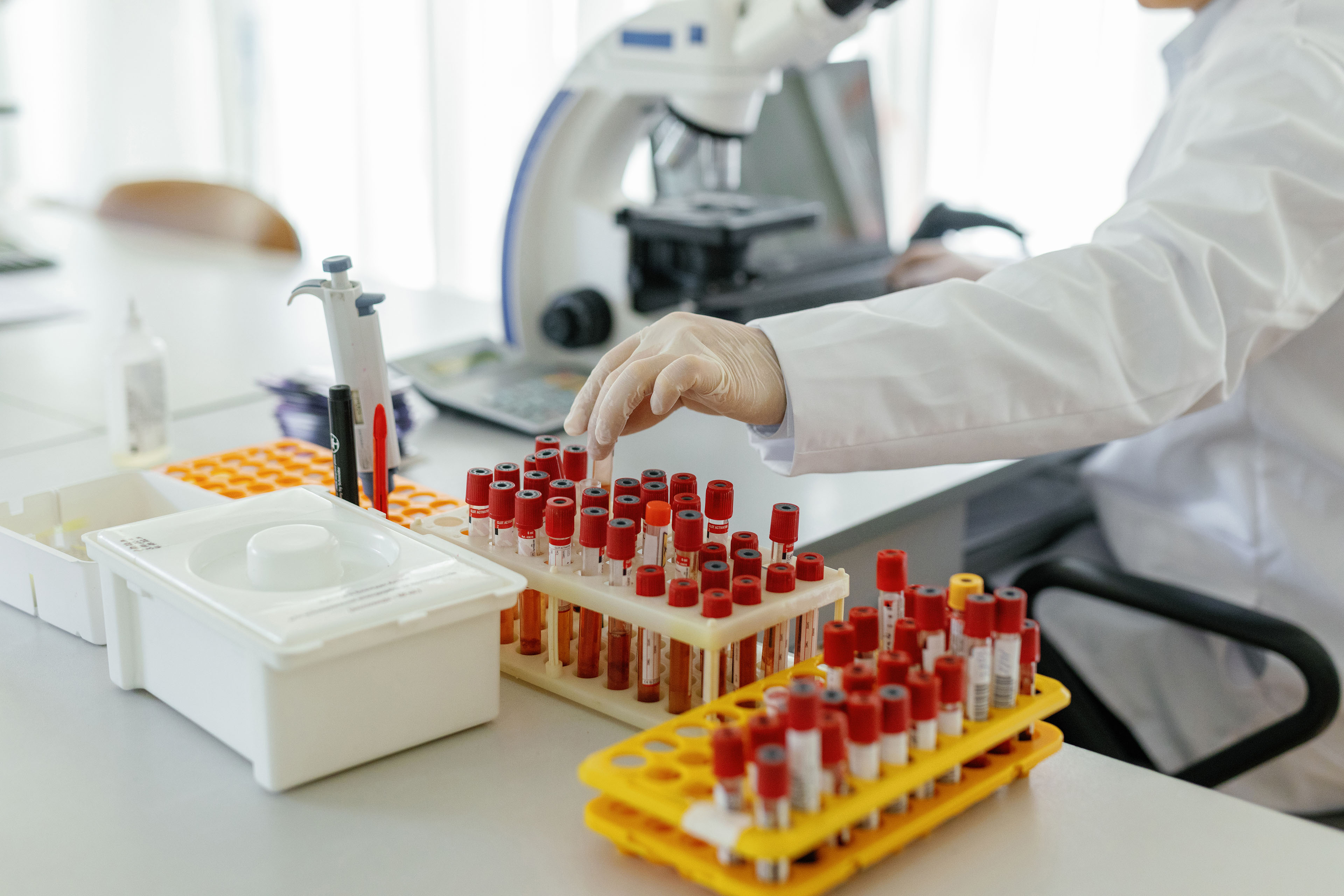EY refers to the global organization, and may refer to one or more, of the member firms of Ernst & Young Global Limited, each of which is a separate legal entity. Ernst & Young Global Limited, a UK company limited by guarantee, does not provide services to clients.
How EY can help
Establishing trust as a policy
Often, health data is accompanied by other types of information like socioeconomic factors, demographics, and behavioral data that, when combined, can become identifiable. Pharmaceutical manufacturers and other life sciences organizations must think beyond what they can do with such data to what they should do to maintain patient and consumer trust. IHE solutions may present remarkable potential, but transparency and clarity about how those solutions process this data is critical to preserving the trust required to bring these solutions to scale.
Moreover, life sciences organizations across the care continuum continue to be a top target for cyber criminals, and even an errant email can expose them to legal, financial, and reputational risk. Healthcare organizations were in the top three most attacked industries in 2022, according to CheckPoint Research, with an increase of 86% year-over-year in cyberattacks on healthcare organizations (more than 1410 attacks per week). As IHE solutions rely upon increased interoperability, all stakeholders in the ecosystem need to be properly vetted and maintain appropriate privacy and security standards, as the weakest link can lead to disaster for all involved.
Prepare for, and prevent, disaster by reviewing and revising any policies related to business continuity and incident response. Staff training – at all levels – and communications around privacy and data protection topics should be occurring on a regular basis. Contracts with third parties like suppliers, and even providers of cloud services, analytic services, and software development, should include specifics around data processes and protections. As would be normal practice internally, legal departments should specify how data should be handled and who can have access to that data.
Four things pharmaceutical companies should be doing now
Some key steps the legal department at any life sciences organizations should be thinking about:
- Patient consent agreements should be periodically reviewed and updated.
- Specify how data should be handled, where it should be stored/for how long, and who can access it.
- Make sure all data is being handled in compliance with local, national, and international standards.
- Embed Privacy by Design and Security by Design principles early in the development of new products, as well as across the continuum of care.
This article was originally published in Law360






